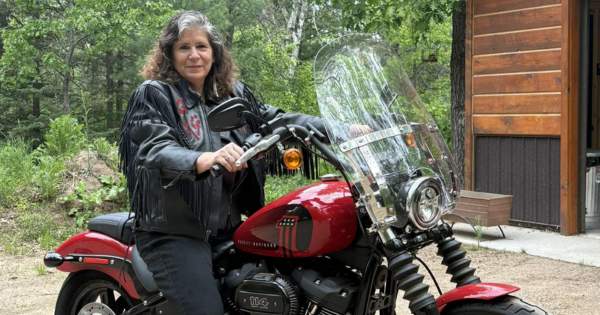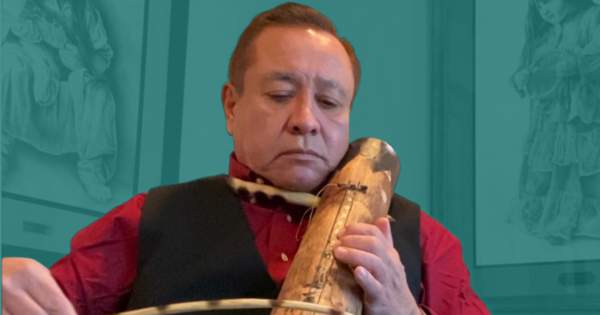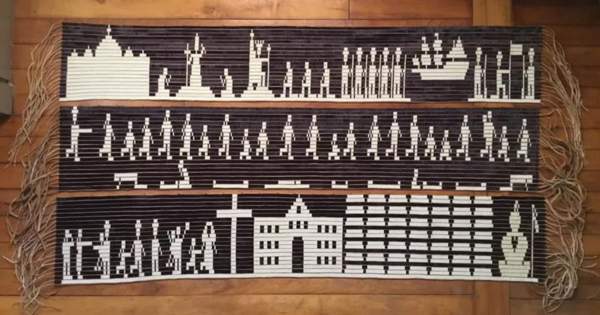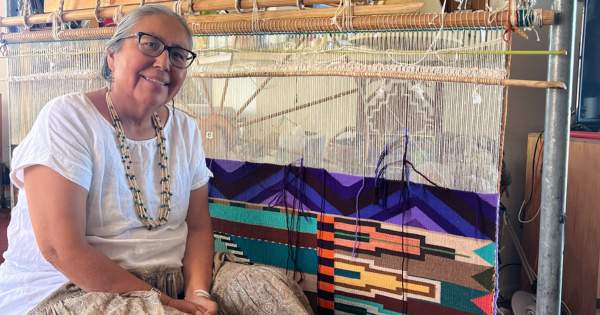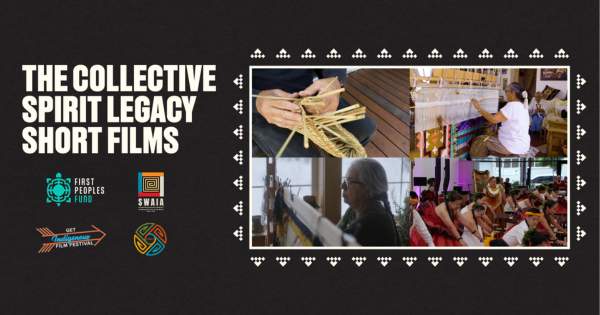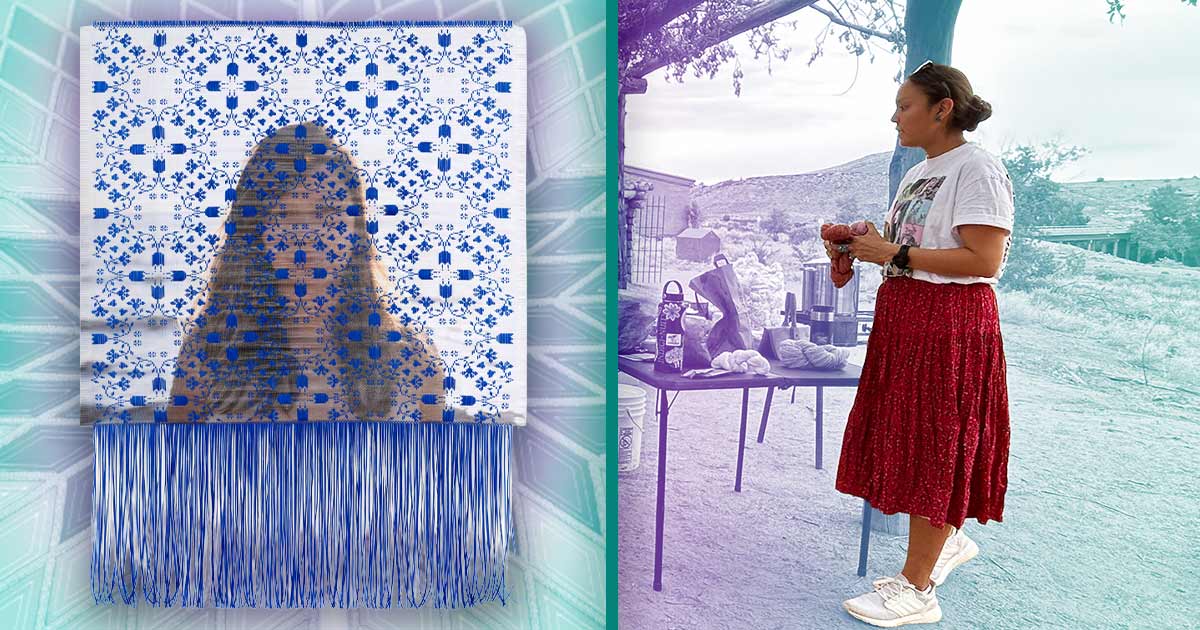
Surviving Through Art
Jeremy Red Eagle (Sisseton Wahpeton Oyat) is a 2021 Cultural Capital Fellow who focuses his artwork on creating items that have cultural relevance to Dakota men and boys. He uses materials that are responsibly harvested from the land. The materials include various wood types, earth paints, natural dyes, seeds from different fruits, tanned hides from hunting, bones, claws, and teeth from animals.
But Red Eagle admits he’s still trying to find himself in the art world. As a traditional craftsman, would his ancestors have called him that? In this interview, Red Eagle shares complex issues that traditional artists face.
***
This interview has been edited for length and clarity.
You make bows, jewelry, and other craft work. Often, these artists are categorized as “mixed media artists.” But how do you describe yourself as an artist?
I struggle with the concept of looking at myself as an artist. Everything that I do is based on [Dakota] culture and through the years I've crafted and created different things. I'm still trying to find my place [in the art world].
That's interesting because what you do is what’s called “craft” nowadays. But did your ancestors see themselves that way? Bow making was for survival, say, two hundred years ago. How does that make you feel?
I struggle with it. Today, as Indigenous people, we put a price on our art to get paid for our worth. Our [artistic] knowledge may come from Western institutions of education. And some of our training comes from knowledge handed down by ancestors. At the same time I have a responsibility to my community, so I struggle with pricing my art. I know the worth of my work, but finding that balance is something I haven’t accomplished yet. There's certain [art] pieces I don't have a problem putting a price on. There are other pieces that I can't and won't put a price on. It’s about what the individual can afford.
But bows and arrows were for survival. At the same time my work is symbolic. Archery has been colonized like everything else. I teach traditional games. Most sports and games today were influenced by North American [tribes] and they've been colonized. So I learned about the origins of archery, and it’s not necessarily about the art but rather the lessons connected to artmaking.
So for me, [art] is survival.
In our language we say bdiheca, which means to be industrious. Our people understood that busyness keeps us out of trouble. Art is a way of expression that keeps my mind busy. My goal is to help people to understand there's a reason why our people create [art].
As a 2021 Cultural Capital Fellow, how has First Peoples Fund boosted your creativity?
Just getting the fellowship was huge. I was able to purchase tools and materials and travel to teach workshops. I’m also taking care of myself. Instead of working full time, I teach language revitalization classes for my community, which allows me to focus on my fellowship.
To be financially stable and do what I love
[is a big part of First Peoples Fund].
What are some everyday challenges you face with your artmaking?
I attempt to keep all of my art materials as natural as possible. What I use is gathered from the land. My work is dependent on the seasons and locations.
I also create only what I want to create. I get requests from people to create specific jewelry, for example, and sometimes I don’t feel like doing it. I want to do my own thing. Other times when somebody asks me to create a specific piece, I love it because it’s new to me. I try to put my heart and soul into my work.
Your artwork is deeply rooted in culture. When did you begin making art? And how did it evolve?
This sounds cheesy but when I was a teenager I made dream catchers. As I got older I learned how to peyote stitch, a form of beadwork. What really set me on my path was attending crafting workshops hosted by the International Traditional Game Society based in Great Falls, Montana. Instructors were impressed how quickly I moved through the workshops, and eventually I became their main instructor.
Then I slowly got into making earrings and other jewelry, and then hand drums and drumsticks. But when I moved back to my reservation seven years ago, a college advisor had hosted traditional arts workshops, including bow making. My dream was to learn how to make a bow. Out of twenty or so workshop participants, the instructor chose me to spend a week with Joe Giago from the Pine Ridge reservation to learn bow making.
From there, I applied for a fellowship through the Minnesota Historical Society and I was denied. I did receive a small grant and was told to reapply next year. I didn't. I let it go. When a third time came around, I changed my application a bit and worked on new pieces. I got the fellowship. I was surprised because I don’t see myself as an artist. Next, I entered an art show in Sioux Falls. I was ready to withdraw my entry but my wife submitted my application for me.
I didn't have confidence in myself. But I won first place in my category and I won first place in ‘Overall Traditional.’
I’m noticing your artistic growth has been gradual. What advice can you offer to artists just starting out?
Art is grounded in our identity. Never lose focus on that. I understand some artists need to make a living. I'm at a place where I could make art for a living. But I'm careful because I don't want my art to be about money. Stay grounded in the teachings and the stories connected to our art forms. Also, what doesn't get talked about is cultural appropriation between Indigenous people. It’s a touchy subject, but tap into your identity. Tell your story and remain true to the ancient knowledge that has been passed down to you.

